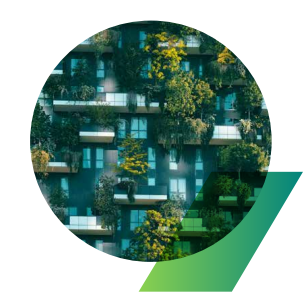
TOWARDS GREEN OFFICE
BERLIN
Our energy and water consumption has increased in absolute terms in recent years due to the expansion of our team and office space, but energy and water consumption per employee has decreased. By moving to a new, more energy efficient office building in August 2023, we expect to reduce our energy consumption. The certified green electricity for our offices comes from solar and wind farms operated by citizen-owned energy cooperatives. To reduce waste, we minimize the use of disposable products such as paper cups in office kitchens and use reusable items, including returnable bottles.
LEIPZIG
Our Leipzig office is located in a carbon neutral building. In 2022, almost 1.6 tonnes of CO2 were offset for our Leipzig office.
ZUG
Our Swiss office uses green electricity from Swiss hydro power and is committed to sustainable purchasing, including glass bottles, fair trade organic coffee and other organic products.
WARSAW
The Polish office is located in a co-working space that is particularly active in the area of waste prevention and recycling. lt runs many initiatives, for example on food waste, and offers recycling and repair services.
Greenhouse gas emissions
In 2022, we generated greenhouse gas emissions of approximately 170t CO2e from business travel (40%), company cars (37%) and offices (23%). The carbon footprint of the funds initiated by DLE is not included in our balance sheet for structural reasons.

TOWARDS GREEN INVESTMENTS
The largest environmental impacts arise from funds initiated by DLE’s subsidiaries. Buildings account for almost 40% of global greenhouse gas emissions and have significant land, material energy and water consumption.
The ESG scorecards map the key environmental risks for each asset class. These typically include physical climate risks at the site, connectivity to public transport and day-to-day infrastructure energy efficiency and use of renewable energy. ln the Land Development asset class, land conversion and sealing also play an important role, while in the Senior living and Logistics asset classes, the collection of consumption data and the involvement of tenants in sustainable facility management are particularly relevant. These risk factors also provide opportunities to improve and increase the value of the properties.
